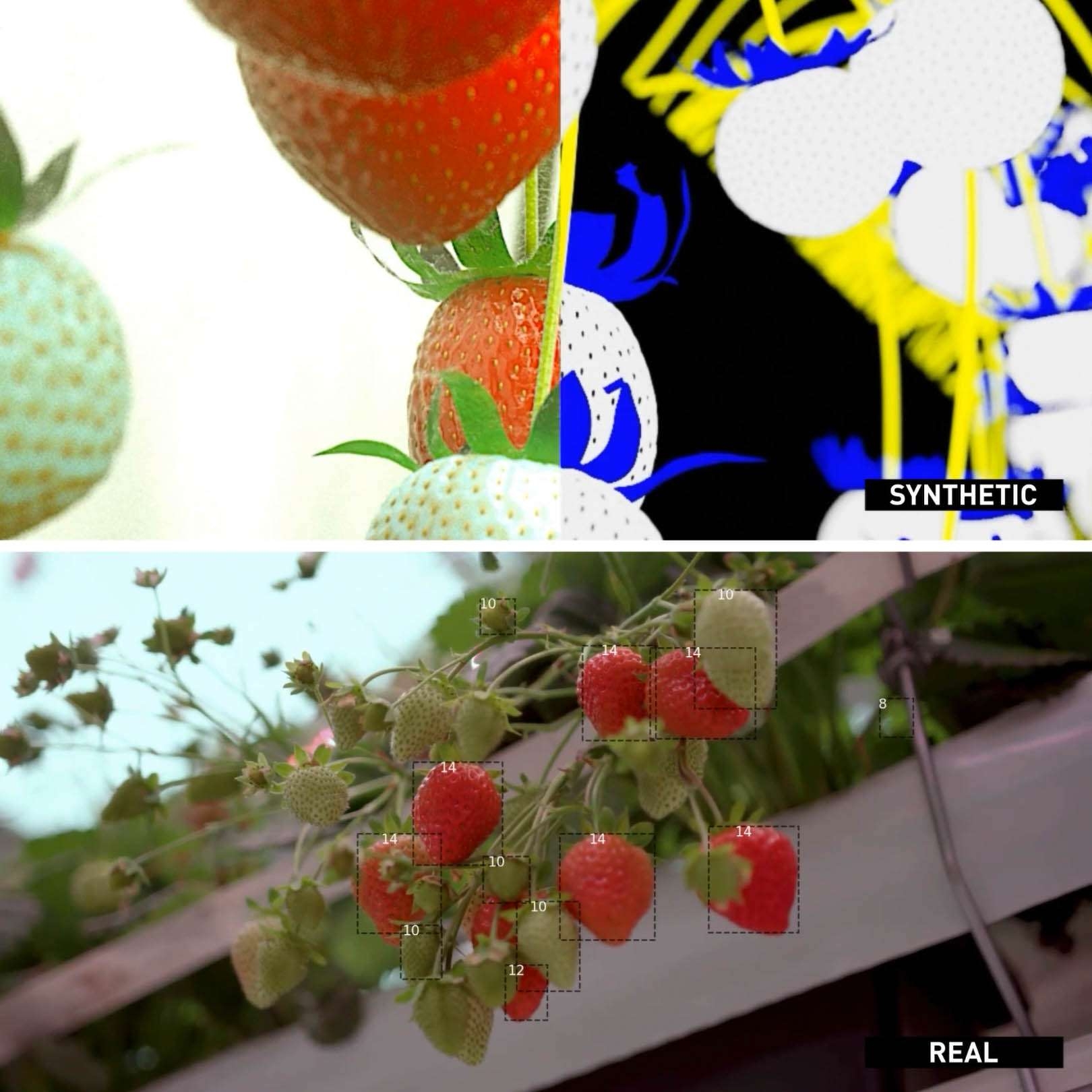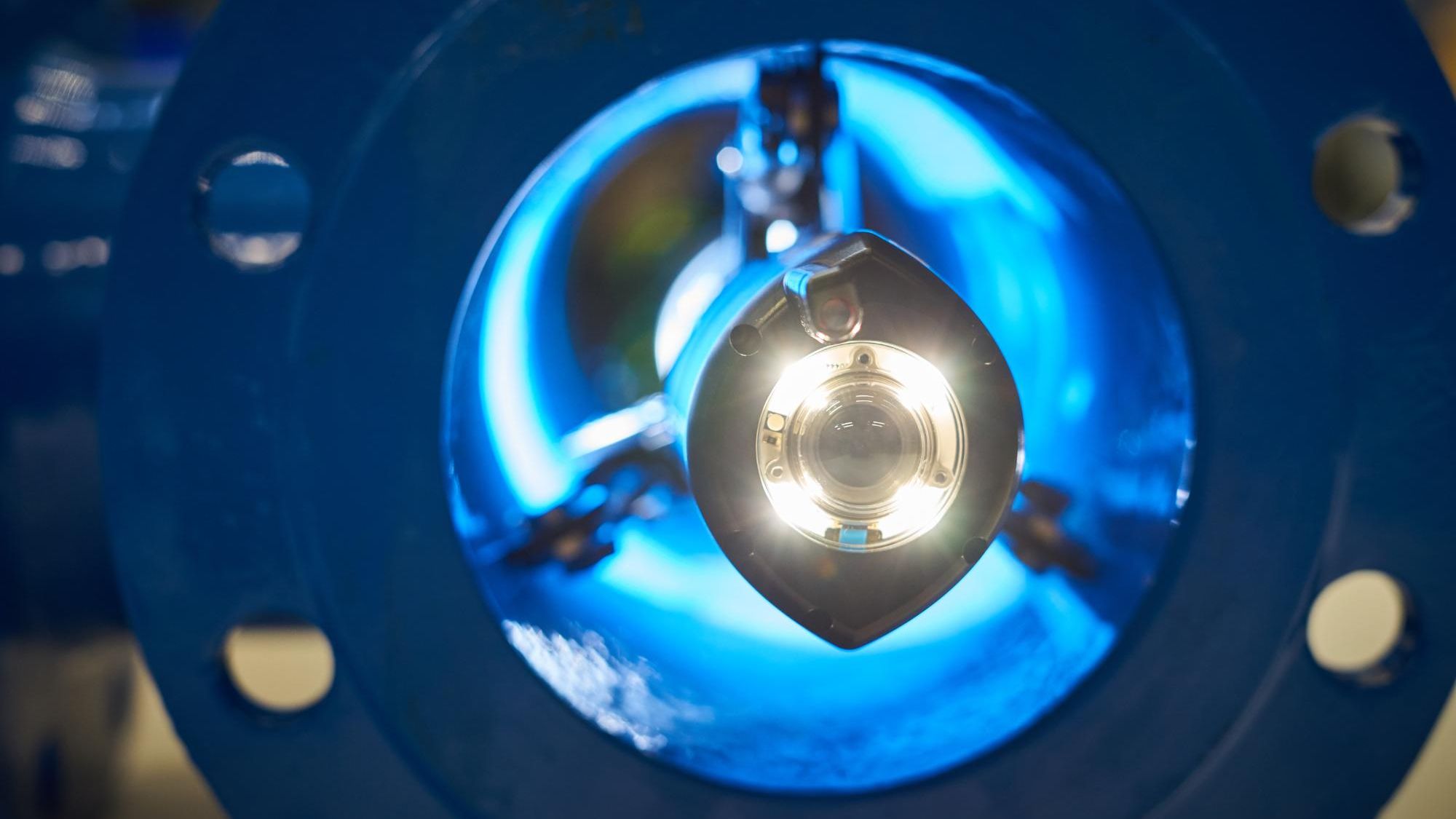
highlights
- Digital Twin of project-specific 3D environment generates rich datasets and annotation
- procedural methods create near-infinite permutations of objects and environments
- pixel perfect annotation
- simulation of a range of sensors, e.g. RGB(D), infrared, Lidar, et cetera
- rare edge cases can be generated at will to balance the dataset
- enables Machine Learning where data or accurate annotation is not obtainable
- develop in silico: digital twin of environment, device and sensors
a known ground thruth provides perfect annotation.
A simulation provides a known ground truth, enabling rich, pixel-perfect annotation. This includes annotation which is typically very hard or impossible to do, such as segmentation, depth, surface normals, optical flow, consistent quality indicators on a per-pixel or per-object basis and much more.





